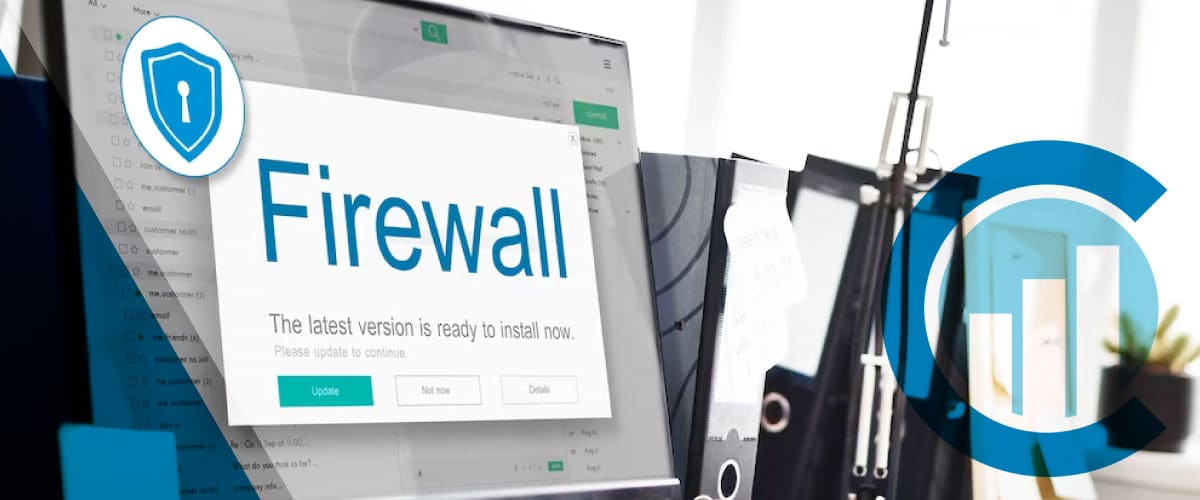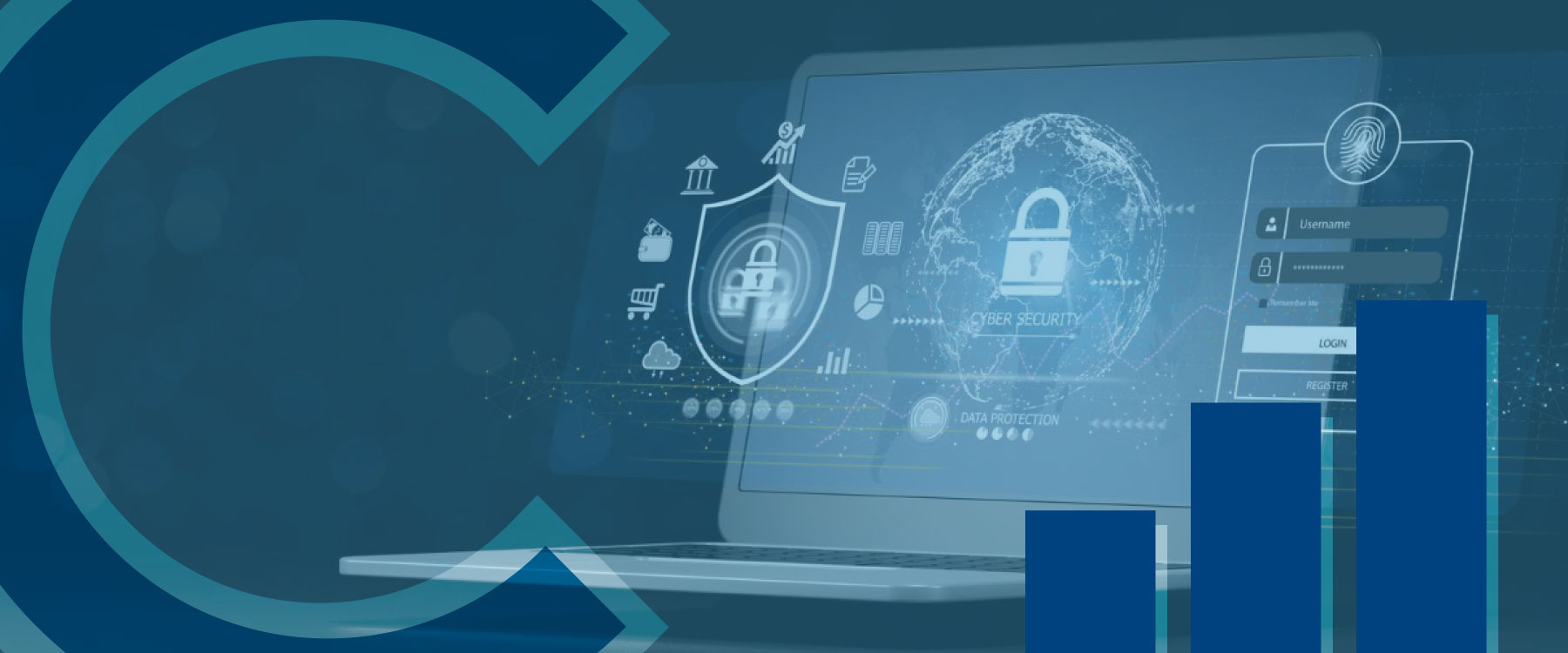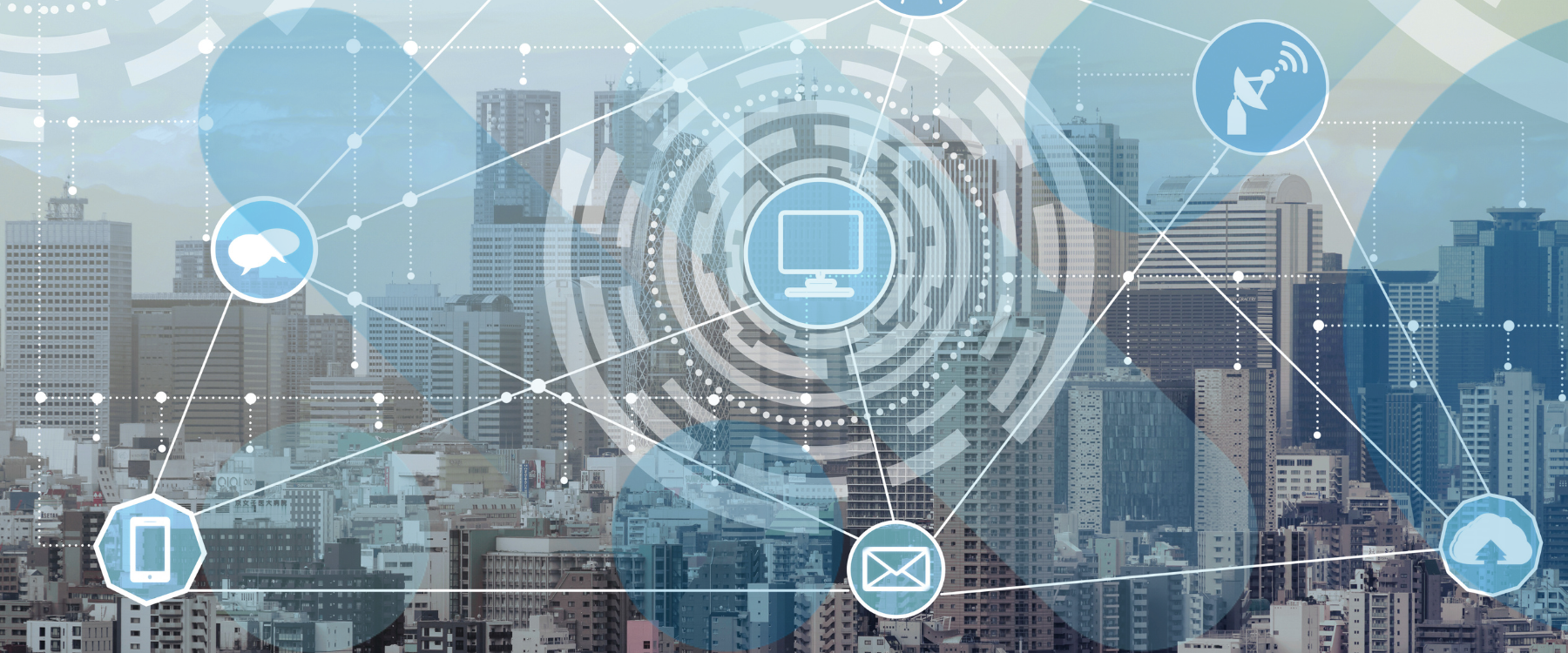An IBM study in 2022 states, “83% of organizations have experienced at least one data breach”. Don’t wait to secure your desktops & network infrastructure before it is too late. Ensure you are safe from attacks, data breaches and financial loss.
Data breaches can occur when there are vulnerabilities or weaknesses in your desktop security protocol. Poor desktop security can expose sensitive information to unauthorized individuals or cybercriminals, leading to various consequences such as identity theft, financial loss, reputational damage, and legal implications.
The most common scenarios where data breaches can occur due to poor desktop security are weak or stolen passwords, outdated software/operating systems, malware, unsecured remote access, phishing attacks, unencrypted data, and lack of monitoring and auditing. To mitigate these risks, organizations and individuals should prioritize implementing robust security measures such as strong authentication, regular updates, and EDR/MDR solutions. As an experienced IT solutions provider to many mid-sized and large-scale organizations, CloudScale365 has bundled an Enterprise-Grade & comprehensive desktop security solution, which willmake significantly impact your organization’s cyber health. Read more about our Desktop Security and how we can help guarantee your security.
Poor Desktop Security Makes a Poor Business
A recent example of a costly data breach is the Marriot Case.. At the end of February 2020, a security breach at Marriott resulted in unauthorized access to a staggering 5.2 million guest records. These compromised records contained sensitive information such as passport data, contact details, gender, birthdays, loyalty account information, and personal preferences. Marriott’s security team identified the suspicious activity and promptly took action to seal the breach, which was determined to have been caused by an insider. Hackers abused a third-party application that Marriott used to provide guest services. For a span of two months, attackers successfully infiltrated the credentials of two Marriott employees, enabling them to gain unauthorized access to a third-party application used by the hotel chain. Unfortunately, Marriott’s cybersecurity systems failed to detect any signs of suspicious activity associated with these employee profiles during that time.
This major data breach presumably affected almost 339 million hotel guests. Marriott Hotels & Resorts paid an $18.4M fine, as the company had failed to comply with General Data Protection Regulation (GDPR) requirements.
Your company may not be as big as Marriot, which means your bottom line can’t afford any data breaches either. You need to ensure your desktop is secure, and get an expert on your side to ensure you are protected and safe 24/7/365!

What is Desktop Security?
Desktop security safeguards your physical hardware, operating system, software applications, and data stored on your desktop from unauthorized access while on the internet, malware, data breaches, and other security threats.
Critical aspects of desktop security are:
– User Authentication: Desktop security starts with strong user authentication. This typically involves using strong passwords or passphrases, biometric authentication (such as fingerprint or facial recognition), or two-factor authentication (requiring a second form of verification, such as a code sent to a mobile device).
– Operating System Updates: Keeping the operating system (e.g., Windows, macOS, Linux) up to date is crucial for desktop security. Regularly installing security patches and updates help fix vulnerabilities and protect against known threats.
– Antivirus and Anti-Malware Software: Installing reputable antivirus and anti-malware software is essential to protect against malicious software, such as viruses, worms, Trojans, ransomware, and spyware. Regularly update the software and run scans to detect and remove any malicious programs.
– Firewall: A firewall acts as a barrier between your desktop and the network, monitoring and controlling incoming and outgoing network traffic based on predefined security rules. It helps prevent unauthorized access and blocks malicious connections.
– Secure Web Browsing: Safe browsing practices are important to protect against online threats. Use secure web browsers, keep them updated, and be cautious when visiting unfamiliar websites, downloading files, or clicking on suspicious links or attachments.
– Data Encryption: Encrypting sensitive data on your desktop ensures that even if someone gains unauthorized access to the files, they cannot read or use the information without the encryption key. Use full-disk encryption or encrypt specific files and folders.
– Regular Backups: Regularly backing up your important data helps mitigate the impact of potential data loss due to hardware failure, theft, or malware. Use external drives, cloud storage, or automated backup solutions to create and maintain up-to-date backups.
– User Permissions and Privileges: Restrict user access to sensitive system files and functions. Use separate user accounts with limited privileges for everyday tasks and reserve administrative access for system maintenance and authorized activities.
– Education and Awareness: Regularly educate yourself and your users about best practices for desktop security. Stay informed about the latest threats, scams, and security updates, and promote a security-conscious culture.
Remember that desktop security is an ongoing process, and it requires a combination of technical measures, user awareness, and responsible computing practices to maintain a secure desktop environment.

The Biggest Challenges of Desktop Security
One of the biggest challenges of desktop security is the ever-evolving nature of cybersecurity threats. The landscape of cyber threats is constantly changing as attackers develop new techniques, exploit vulnerabilities, and deploy sophisticated malware. This dynamic environment poses a significant challenge for desktop security because security measures and technologies must continually adapt to keep pace with emerging threats.
The increasing sophistication of malware presents another obstacle. Malicious programs are evolving to better evade antivirus solutions, which makes it more challenging to identify and remove them. Human factors, such as falling for social engineered attacks or by using weak passwords, pose significant risks, necessitating ongoing education and security awareness efforts.
Managing security compliance for personal devices in organizations embracing BYOD policies can also be complex, requiring considerations of different operating systems and user behaviours. Additionally, patch and software management is crucial for maintaining security but can be complex and time-consuming. Striking the right balance between robust security measures and user productivity is challenging to ensure policies are not overly restrictive, hindering workflows and generating resistance. Insider threats, where authorized individuals misuse privileges or inadvertently expose sensitive information, require careful detection and prevention without compromising privacy or productivity. Not to mention, maintaining security in organizations with legacy systems poses significant challenges due to inherent vulnerabilities and difficulty in patching and updating outdated systems.
Enterprise-Grade Security with CloudScale365
CloudScale365 offers a comprehensive desktop security solution that is specifically designed to help enterprises enhance their internal security. Our service combines three powerful solutions: Datto RMM, Sentinel One, and Huntress, which are backed up by the expertise of our Ops team in ensuring security for thousands of organizations globally. By integrating these advanced technologies, we can provide a robust and proactive approach to monitoring and protecting your desktop environments, employees and devices.
Datto RMM allows for real-time & human remote monitoring and management of desktops, ensuring optimal performance, health, and availability. Additionally, the integration of Sentinel One offers advanced endpoint protection against a wide range of security threats, including malware and viruses. Lastly, Huntress further enhances its security capabilities by actively hunting for and identifying potential breaches and vulnerabilities within the desktop environment.
Leveraging the combined strengths of these three solutions, we at CloudScale365 empower businesses with comprehensive and proactive security strategies. Our total desktop security solution enables businesses to ensure the integrity and safety of their internal systems, mitigating potential risks and allowing them to focus on their core operations with confidence. While the traditional approach to security focuses on preventing attacks, we take a proactive approach to identifying and eliminating persistent threats that may already be lurking in your environment. We deliver a comprehensive remote monitoring and management platform that empowers us to monitor, manage, and support your entire IT infrastructure proactively.
 Broadwing Capital Acquires CloudScale365...
Broadwing Capital Acquires CloudScale365... 


